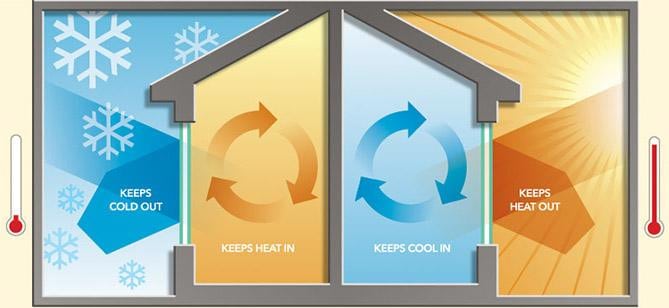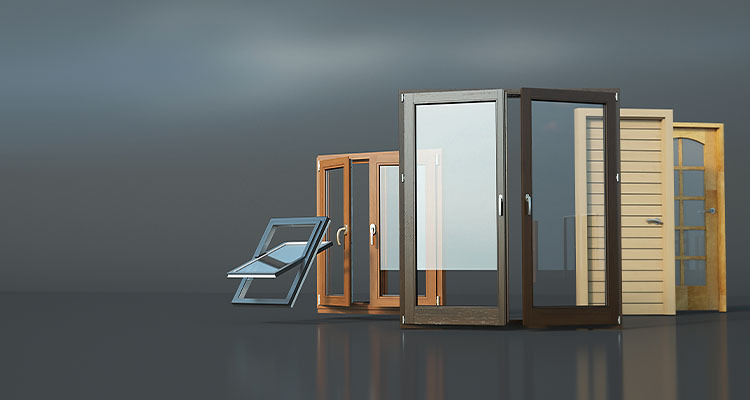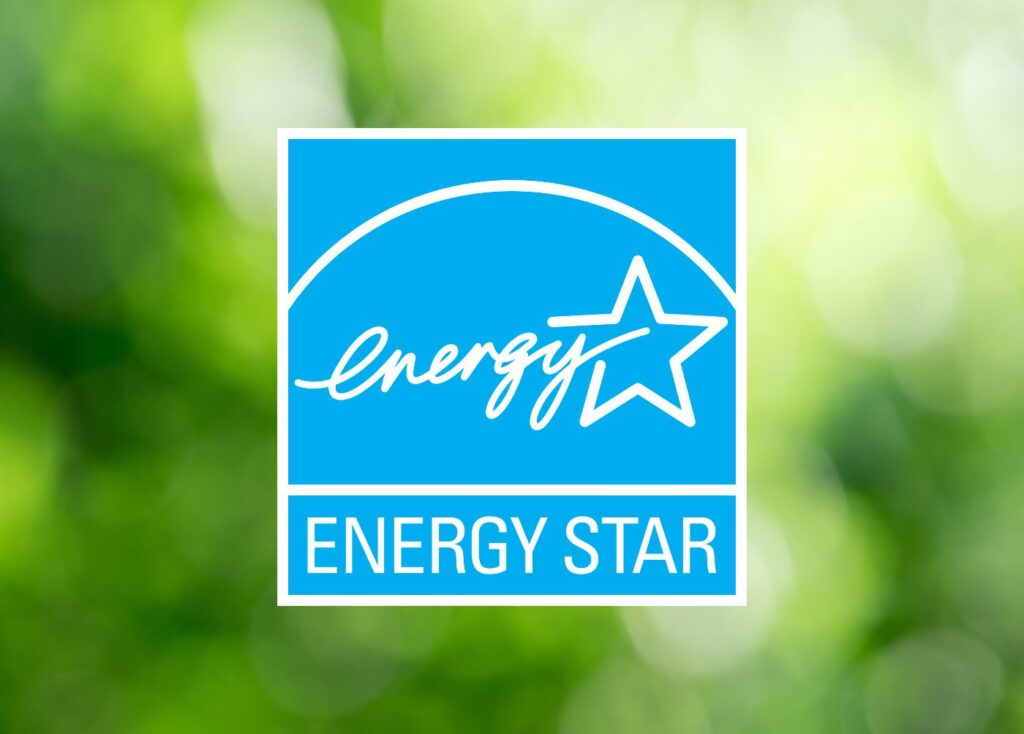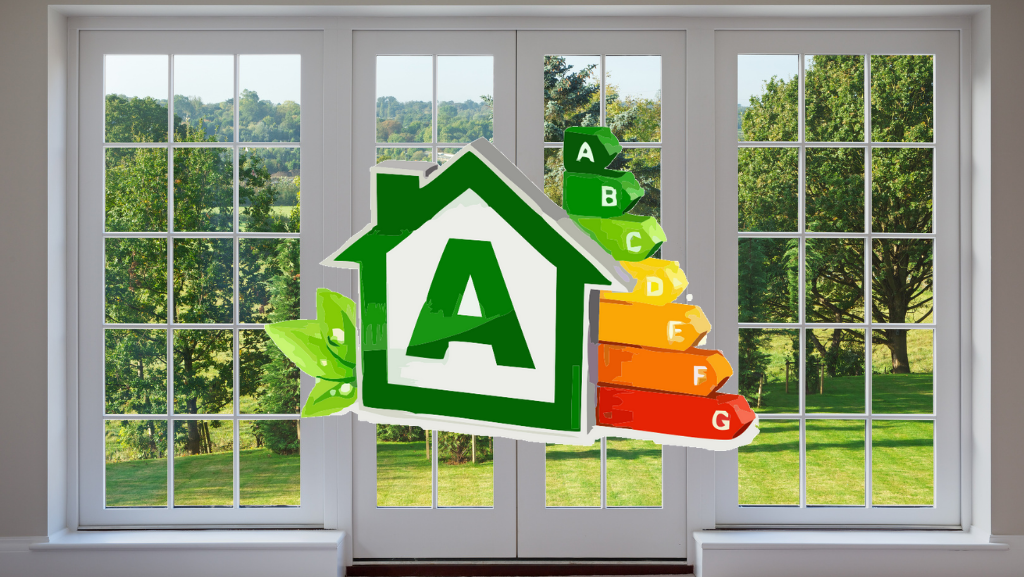Energy-Efficient Window Replacement Regulations in Canada
Windows are a critical component of any building, contributing to both its aesthetics and functionality. However, windows also play a crucial role in a building’s energy efficiency. Poorly insulated or outdated windows can lead to significant heat loss in winter and heat gain in summer, which results in increased energy consumption and higher utility bills. In Canada, where harsh winters and temperature fluctuations are common, energy-efficient windows are essential for maintaining comfort and reducing environmental impact. This article explores the regulations surrounding energy-efficient window replacements in Canada and highlights best practices for compliance.

The Importance of Energy-Efficient Windows
Energy-efficient windows are designed to minimize the transfer of heat between the inside and outside of a building, leading to better thermal regulation. These windows help reduce energy consumption by keeping indoor spaces warmer in winter and cooler in summer. In addition to saving energy, these windows contribute to:
- Lower greenhouse gas emissions: By reducing the need for heating and cooling, energy-efficient windows help cut down on the use of fossil fuels, which in turn lowers carbon emissions.
- Increased comfort: Homes and buildings with energy-efficient windows maintain more consistent indoor temperatures, enhancing occupant comfort.
- Reduced energy costs: Homeowners and building managers see significant savings on their utility bills when heat loss and gain are minimized.
In Canada, the push for energy-efficient building materials, including windows, is guided by both federal and provincial regulations aimed at promoting sustainability and energy conservation.

Key Features of Energy-Efficient Windows
Energy-efficient windows are built using advanced materials and technology to enhance insulation and minimize energy loss. Some of the features commonly found in energy-efficient windows include:
- Low-emissivity (Low-E) coatings: These coatings are applied to the glass to reflect heat back into the building during the winter and keep heat out in the summer. This reduces the reliance on heating and cooling systems.
- Double or triple glazing: Energy-efficient windows often have two or three panes of glass, with air or inert gas (such as argon) between the panes to provide extra insulation.
- Warm edge spacers: These spacers separate the panes of glass in double or triple-glazed windows, reducing heat transfer at the edges and preventing condensation buildup.
- Energy-efficient frames: Frames made from materials such as vinyl, fiberglass, or wood are designed to reduce heat transfer and improve the overall energy performance of the window.
Regulations Governing Energy-Efficient Window Replacements in Canada
In Canada, several regulations govern the replacement of windows to ensure they meet high standards for energy efficiency. These regulations vary by province but are generally aligned with the country’s broader goals for energy conservation and environmental sustainability. Below are some of the key regulations:

1. National Building Code of Canada (NBC)
The National Building Code of Canada (NBC) serves as a model code that provinces and territories can adopt and modify. The NBC includes requirements for the energy efficiency of building components, including windows. The code specifies performance standards for windows in terms of thermal resistance (R-value) and U-factor, which measure how well the window prevents heat transfer. The lower the U-factor, the better the window is at insulating.
Provinces often reference the NBC when setting their own building standards, so it is essential for builders and homeowners to be familiar with the NBC’s window efficiency guidelines.
2. National Energy Code for Buildings (NECB)
The National Energy Code for Buildings (NECB) is another key regulation that affects window replacements, particularly in commercial and multi-unit residential buildings. The NECB sets minimum energy efficiency requirements for all building components, including windows. The code emphasizes the importance of thermal insulation, solar heat gain control, and air leakage prevention. Energy-efficient windows must meet these requirements to be considered compliant with the NECB.
3. ENERGY STAR® Certification
The ENERGY STAR® program is a voluntary certification initiative that promotes energy-efficient products, including windows. In Canada, ENERGY STAR-certified windows must meet strict performance criteria based on the country’s climate zones. There are four climate zones in Canada, and windows are rated according to their suitability for each zone, with the Zone 4 rating being the highest standard for the coldest climates.
ENERGY STAR-certified windows have been tested to ensure they meet standards for thermal performance, air tightness, and condensation resistance. Although ENERGY STAR certification is voluntary, many provinces encourage the installation of these windows through rebates and incentives.

4. Provincial Building Codes and Regulations
While the NBC and NECB provide a national framework, each province and territory has the authority to set its own building codes and regulations regarding window replacements. For example:
- Ontario Building Code: Ontario’s building code has specific requirements for window energy performance, focusing on thermal insulation and air leakage control.
- British Columbia’s Energy Step Code: British Columbia has introduced the Energy Step Code, which is a voluntary set of standards for energy efficiency in buildings. It encourages builders to go beyond the basic requirements and achieve higher levels of energy efficiency, including installing high-performance windows.
Property owners and contractors need to familiarize themselves with the specific regulations in their province to ensure compliance during window replacement projects.
Incentives and Rebates for Energy-Efficient Window Replacements
To encourage homeowners and businesses to replace old, inefficient windows with energy-efficient alternatives, the Canadian government and provincial authorities offer various incentives and rebates. These programs make it easier to offset the cost of upgrading to more energy-efficient windows. Some of the available programs include:

1. Canada Greener Homes Grant
The Canada Greener Homes Grant provides financial assistance to homeowners who undertake energy-efficient home improvements, including window replacements. Homeowners can receive up to $5,000 in grants to install energy-efficient windows that meet the program’s requirements. The grant aims to help Canadians reduce their energy consumption and lower their carbon footprint.
2. Provincial and Municipal Incentives
Many provinces and municipalities offer additional incentives for energy-efficient window replacements. For example:
- Ontario’s Home Energy Conservation Program: Homeowners in Ontario can receive rebates for replacing old windows with energy-efficient models that meet the program’s performance standards.
- BC Hydro Rebates: British Columbia residents can receive rebates through BC Hydro’s energy conservation programs when they install ENERGY STAR-certified windows.
By taking advantage of these incentives, homeowners can make energy-efficient window replacements more affordable and contribute to Canada’s environmental goals.
Best Practices for Energy-Efficient Window Replacement
When replacing windows to comply with energy efficiency regulations, it’s essential to follow best practices to ensure optimal performance. Here are a few tips:
- Choose the right window for your climate zone: Canada’s diverse climate means that window performance varies depending on location. Ensure the windows you choose are ENERGY STAR-rated for your specific climate zone.
- Prioritize professional installation: Even the best energy-efficient windows will underperform if not installed correctly. Hiring a professional installer ensures that the windows are properly sealed and fitted to prevent air leaks and heat loss.
- Consider additional energy-saving features: Beyond the basic requirements, consider features such as solar control coatings or smart windows that adjust tint levels based on sunlight exposure, further reducing energy consumption.

Conclusion
Energy-efficient window replacements are an essential part of Canada’s effort to reduce energy consumption and greenhouse gas emissions. With a combination of federal and provincial regulations, as well as incentive programs like the Canada Greener Homes Grant, property owners can replace outdated windows with modern, high-performance options that save energy, reduce costs, and improve comfort. By staying informed about the regulations and best practices, homeowners and builders can contribute to a more sustainable and energy-efficient future for Canada’s buildings.
